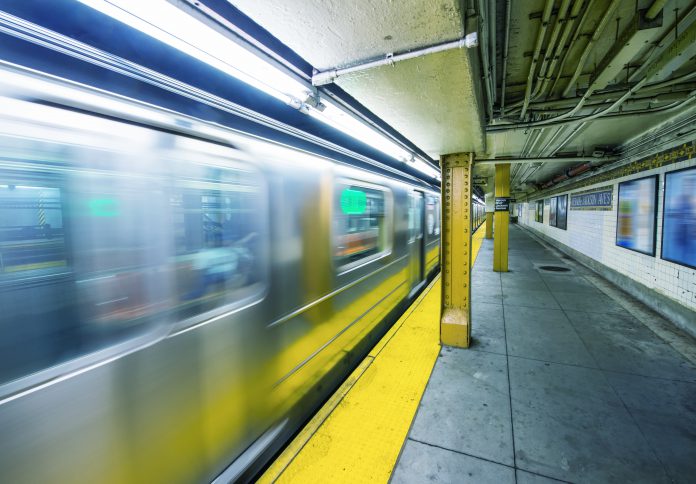Financial services firm Mastercard have announced new transit solutions are expected to be live in more than 20 cities in the United States within the next few years.
The company plans to make transit payments “as simple as a flick of the wrist” and has already implemented mobile ticketing, digitising commuter cards and enabling contactless payments across the US.
Payment transit technology has been available in 16 metro areas including Los Angeles, Boston and Denver.
“Transit is an important catalyst for quick and broad adoption of contactless,” explained Linda Kirkpatrick, executive vice president, US Merchants and Acceptance, Mastercard.
“There are technologies that need to be integrated both at the device-level and infrastructure level. Mastercard is deeply engaged with cities, their transit authorities and integrators in bringing new products and solutions to support their payments transformation.”
Later this year, New York City will begin to open up ‘tap-and-go’ payments on its subway and bus systems.
At the core of the “contactless transformation of the future” will be Mastercard’s global M-Chip technology and tokenization services to support MTA-issued contactless cards and tokens for digital wallets.
Mastercard stated that these capabilities will help store the MTA-issued card on a digital device without exposing important details and enable terminals to accept open loop and MTA-issued contactless cards.
In the announcement Mastercard use examples from around the world that shows the growing popularity of tap-and-go payment systems including London and Vancouver – where it took only two months to reach one million contactless journeys.
“Globally, the majority of all urban transportation is paid in cash, which can mean long lines at ticket stations and machines, missed trains and delays on buses,” said Matt Cole, President of Cubic Transportation Systems.
“For consumers, contactless technology provides a seamless, secure experience that moves people through stations and on to buses seamlessly and without friction. For transit authorities, the increased speed can expand ridership, reduce dwell times and operational costs.”
Last month, the company unveiled a cybersecurity toolkit in collaboration with Global Cyber Alliance to help businesses defend themselves against cyberattacks.





















